Introduction
Stir-frying Chinese cabbage, also known as bok choy or napa cabbage, is a classic technique in Chinese cuisine that brings out the vegetable’s natural sweetness and crispiness. This simple yet flavorful dish is a staple in many households, offering a nutritious and delightful side to any meal. Whether you’re a seasoned chef or a home cook eager to expand your culinary repertoire, mastering the art of stir-frying Chinese cabbage can elevate your cooking skills and delight your taste buds. In this comprehensive guide, we’ll explore every aspect of preparing and stir-frying Chinese cabbage, from selecting the freshest ingredients to perfecting your stir-fry technique. By the end, you’ll be confident in creating a restaurant-quality dish that’s both healthy and delicious.
Section 1: Understanding Chinese Cabbage
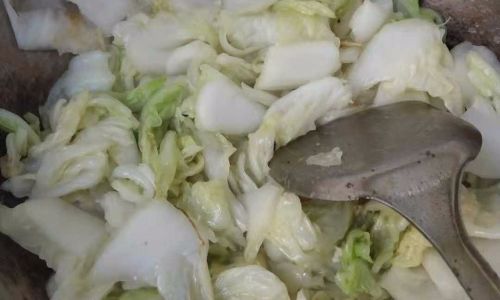
Before diving into the stir-fry process, it’s essential to understand the unique qualities of Chinese cabbage. Chinese cabbage, scientifically known as Brassica rapa subsp. pekinensis, belongs to the Brassicaceae family, which includes broccoli, Brussels sprouts, and kale. It has a delicate flavor, with a slightly sweet and mildly nutty taste. Its texture is crisp and tender, making it ideal for stir-frying.
Varieties:
- Bok Choy (Napa Cabbage): The most common variety, with long, light green leaves and a thick, white stalk.
- Shanghai Bok Choy: Similar to bok choy but with smaller leaves and a more compact shape.
- Tatsoi: A smaller, darker green variety with a sweeter flavor and tender leaves.
Nutritional Benefits:
Chinese cabbage is rich in vitamins A, C, and K, as well as dietary fiber, potassium, and antioxidants. It’s low in calories and high in water content, making it an excellent choice for weight management and hydration.
Selecting Fresh Chinese Cabbage:
When choosing Chinese cabbage, look for firm, crisp stalks with vibrant green leaves. Avoid cabbage with yellowing leaves, soft spots, or signs of wilting. The stalks should be white and tender, without any browning or discoloration.
Storage:
Store Chinese cabbage in the refrigerator’s crisper drawer, wrapped in a damp paper towel or plastic bag with holes for ventilation. It should keep fresh for about a week.
Section 2: Preparation Techniques
Proper preparation is key to achieving a successful stir-fry. Here’s how to prep your Chinese cabbage:
Washing:
- Rinse the cabbage under cold running water, gently separating the leaves to ensure all surfaces are clean.
- Pat dry with paper towels or use a salad spinner to remove excess water. Wet cabbage can cause your stir-fry to steam rather than sear, resulting in a soggy dish.
Cutting:
- For even cooking, cut the cabbage into bite-sized pieces. Separate the leaves from the stalks if desired, as the stalks may take longer to cook.
- Slice the stalks into thin strips or small pieces to ensure they cook through evenly.
- The leaves can be left whole or torn into smaller pieces.
Section 3: Stir-Fry Basics
Stir-frying is a quick-cooking method that requires high heat and a small amount of oil. Here’s a breakdown of the essential stir-fry tools and techniques:
Tools:
- Wok or Large Frying Pan: A wok’s rounded bottom and high sides are ideal for stir-frying, but a large, flat-bottomed frying pan works well too.
- Spatula or Wooden Spoon: A sturdy spatula or wooden spoon is essential for tossing and turning the ingredients evenly.
- High Heat Source: Gas stoves are traditional, but electric ranges with high heat settings can also work.
Oil:
- Choose a high-smoking-point oil such as peanut, vegetable, or canola oil. These oils can withstand the high temperatures needed for stir-frying without smoking or burning.
Heat Control:
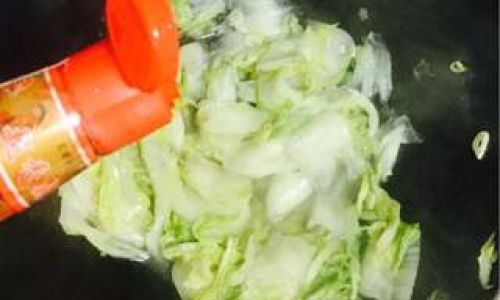
- Preheat your wok or pan over high heat until it’s very hot. A drop of water should sizzle and evaporate immediately when flicked onto the surface.
- Add just enough oil to coat the bottom of the pan. Too much oil will turn your stir-fry into a sauté, while too little can cause sticking.
Section 4: Stir-Frying Chinese Cabbage
Now, let’s dive into the stir-fry process step-by-step:
Step 1: Aromatics and Seasonings
- Begin by adding your aromatics to the hot oil. Common choices include garlic, ginger, and scallions. Stir-fry these for about 30 seconds until fragrant but not burnt.
- Add a pinch of salt and a dash of soy sauce or fish sauce to flavor the oil. This will create a flavorful base for your cabbage.
Step 2: Adding the Cabbage
- Add the prepared cabbage to the wok or pan in a single layer, if possible. If your pan is small, you may need to stir-fry in batches to avoid overcrowding.
- Stir-fry the cabbage continuously with a spatula or wooden spoon, tossing and turning to ensure even cooking.
Step 3: Timing and Temperature
- Stir-fry over high heat for about 2-3 minutes for crisp-tender cabbage. The leaves should be wilted but still vibrant green, and the stalks should be tender but not mushy.
- If you prefer softer cabbage, cook for an additional minute or two. Be careful not to overcook, as the cabbage will continue to cook slightly from residual heat after removing it from the pan.
Step 4: Finishing Touches
- Add a splash of water or chicken broth if the pan becomes too dry or if you want to create a light sauce. Stir quickly to combine and evaporate the liquid.
- Optionally, finish with a drizzle of sesame oil for added flavor and a hint of nuttiness.
- Taste and adjust seasoning with more salt, soy sauce, or a pinch of white pepper if needed.
Section 5: Serving and Enjoying
Your stir-fried Chinese cabbage is now ready to serve. Here are some serving suggestions and tips to enhance your dish:
Serving Suggestions:
- Pair it with a protein like grilled chicken, shrimp, or tofu for a balanced meal.
- Serve over a bed of rice or noodles to soak up the delicious stir-fry juices.
- Add a splash of chili sauce or a sprinkle of sesame seeds for extra flavor.
Storage:
- Leftovers can be stored in an airtight container in the refrigerator for up to 2 days. Reheat gently in a microwave or on the stovetop to avoid overcooking.
Creative Variations:
- Experiment with different aromatics such as shallots, chili peppers, or five-spice powder.
- Add other vegetables like bell peppers, mushrooms, or baby corn for a more complex dish.
- Incorporate a protein like pork slices, beef strips, or tofu cubes directly into the stir-fry for a one-pan meal.
Conclusion
Stir-frying Chinese cabbage is a simple yet rewarding culinary endeavor that combines speed, flavor, and nutrition. By following the steps outlined in this guide, you’ll be able to create a vibrant, crisp, and delicious dish that’s sure to impress. Whether you’re cooking for yourself, your family, or guests, stir-fried Chinese cabbage offers a versatile and satisfying option that’s always welcome at the table. Happy stir-frying!
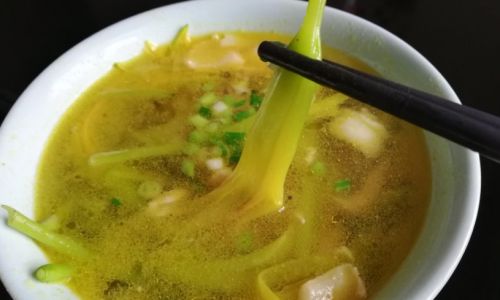
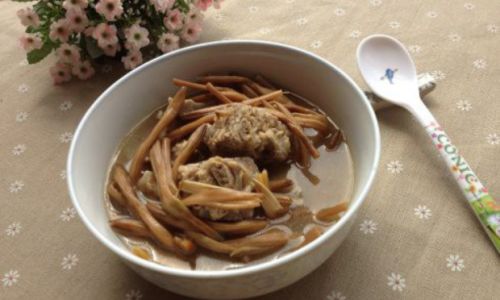
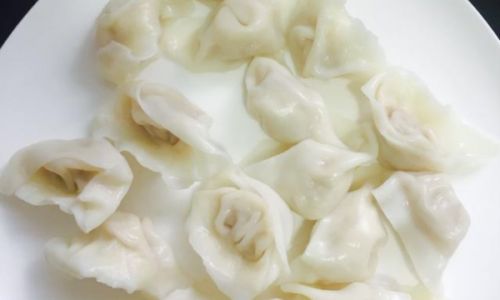
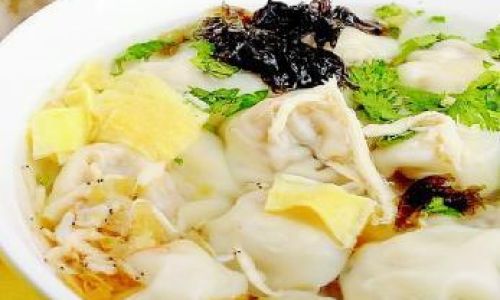
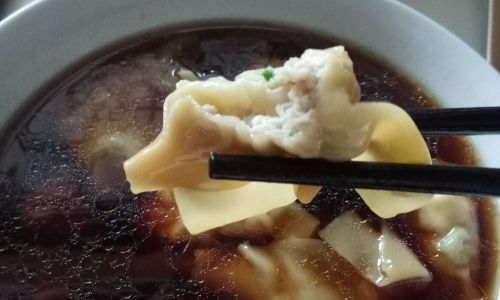
0 comments